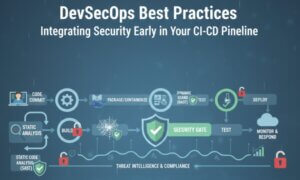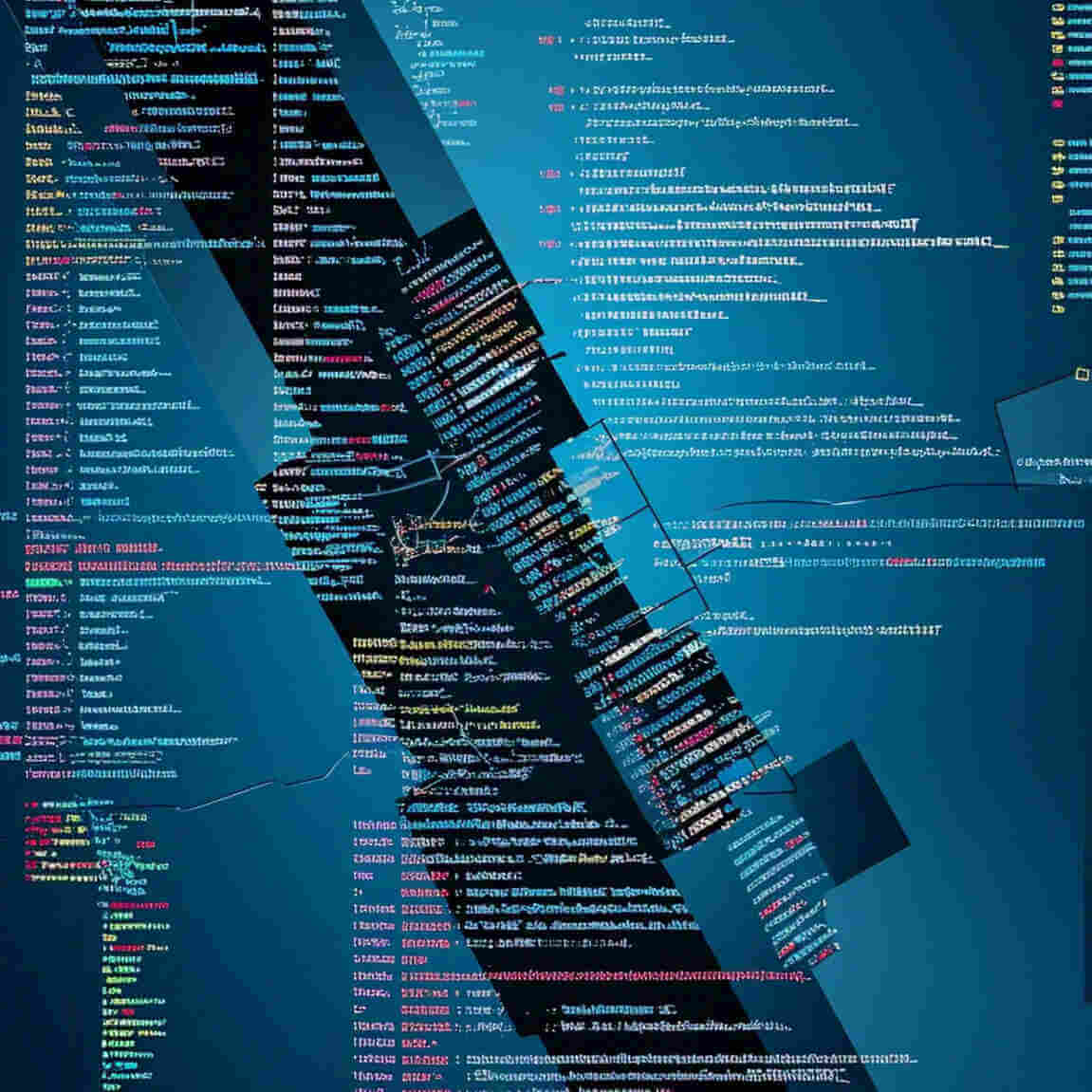Broken Object Level Authorization (BOLA), also known as Insecure Direct Object References (IDOR), is one of the most critical vulnerabilities affecting APIs. It occurs when an application fails to properly enforce authorization on object-level access, allowing attackers to manipulate object identifiers to gain unauthorized access to data. As APIs continue to power the backbone of modern applications, securing them against BOLA vulnerabilities is imperative for developers and security professionals.
In this technical guide, we will dive deep into how to identify, test, and remediate BOLA vulnerabilities in APIs.
-Book Your FREE Security Consultation Today
Table of Contents
Understanding BOLA
-Learn More About Broken Object Level Authorization
At its core, BOLA is a failure to restrict access to objects based on a user’s authorization. Consider a URL like:
https://api.example.com/users/12345
If an authenticated user can modify the ID (e.g., to /12346/) and access another user’s profile without restriction, the API is vulnerable to BOLA.
Why Is BOLA Dangerous?
It allows attackers to read, modify, or delete data they do not own.
Often difficult to detect with automated tools.
Common in RESTful and GraphQL APIs.
Step 1: Identifying BOLA Vulnerabilities
1.1 Understand the Application Context
Begin with mapping out all API endpoints and understanding how object references are used. Focus on resources such as:
User profiles
Order details
Messages
Documents
1.2 Manual Testing with API Clients
Use tools like Postman, Insomnia, or Burp Suite to manipulate API requests:
Log in as a normal user
Interact with an API endpoint to get a valid object ID (e.g., user ID, document ID)
Modify the ID in subsequent requests to test access to unauthorized data
Example Test:
Original request:
GET /api/messages/789
Modified request:
GET /api/messages/790
If the server responds with the content of message 790 without proper access control, it is a BOLA vulnerability.
1.3 Test with Multiple User Roles
Make sure to test requests across:
Regular users
Admins
Guest accounts
Access control often varies by role and can expose hidden BOLA issues.
1.4 Analyze API Documentation
Review OpenAPI/Swagger specifications. APIs with predictable and sequential object IDs are more prone to BOLA.
Step 2: Fixing BOLA Vulnerabilities
2.1 Implement Object-Level Authorization Checks
Ensure that every request for an object includes a check to confirm that the user is authorized to access it.
Example in Python (Flask):
@app.route('/api/orders/<order_id>')
def get_order(order_id):
order = Order.query.get(order_id)
if order.user_id != current_user.id:
return {"error": "Unauthorized"}, 403
return order.serialize()
2.2 Avoid Relying Solely on Frontend Restrictions
Do not depend on client-side logic to enforce authorization. Always perform checks on the server side.
2.3 Use Indirect References
Instead of exposing sequential or guessable IDs (e.g., /user/1001), use UUIDs or opaque tokens.
Before:
GET /api/documents/45
After:
GET /api/documents/ae7f4d89-3221-4c65-91a2-d7f6e1c2f478
2.4 Adopt Role-Based Access Control (RBAC) or Attribute-Based Access Control (ABAC)
Implement RBAC/ABAC systems to determine access permissions based on user roles or attributes.
2.5 Centralize Authorization Logic
Centralizing object-level access control logic reduces the risk of inconsistent checks across multiple endpoints.
Step 3: Automating BOLA Detection and Prevention
3.1 Use Static Application Security Testing (SAST) Tools
SAST tools can detect insecure coding patterns that lead to BOLA vulnerabilities.
3.2 Employ Dynamic Application Security Testing (DAST) and API Scanners
Tools like:
OWASP ZAP
Burp Suite Pro
Postman Security
StackHawk
These tools can simulate attacks by tampering with object IDs in real API calls.
3.3 Integrate Authorization Tests in CI/CD Pipelines
Write automated tests that verify authorization checks are in place for critical endpoints during each deployment.
Best Practices to Prevent BOLA
Design with Least Privilege in Mind: Grant users the minimum access required.
Audit and Log Access Attempts: Monitor logs for unauthorized access attempts or object ID enumeration.
Regularly Update API Documentation: Ensure all endpoints are accurately documented to assist with security reviews.
Conduct Regular Code Reviews: Focus on authorization logic and ensure object-level access control is enforced.
Educate Developers: Train your dev team to recognize and defend against BOLA vulnerabilities.
Conclusion
BOLA vulnerabilities remain a top concern in API security, particularly due to their simplicity and severity. Identifying and fixing BOLA requires a combination of manual testing, secure coding practices, and automated security tools. By implementing robust authorization checks, using indirect object references, and embracing secure development lifecycles, development teams can significantly reduce the risk of BOLA in their APIs.
Security is not a one-time task. Make BOLA prevention a continuous part of your API development and testing process. By doing so, you’ll not only protect sensitive data but also build trust with your users and partners in an increasingly connected digital landscape.
Why Businesses Trust SecureMyOrg for Comprehensive Network Security
At SecureMyOrg, we uncover and fix all possible security vulnerabilities of mobile and web, while providing solutions to mitigate risks. We are trusted by renowned companies like Yahoo, Gojek and Rippling, and with 100% client satisfaction, you’re in safe hands!







Some of the things people reach out to us for –
- Building their cybersecurity program from scratch – setting up cloud security using cost-effective tools, SIEM for alert monitoring, building policies for the company
- Vulnerability Assessment and Penetration Testing ( VAPT ) – We have certified professionals, with certifications like OSCP, CREST – CPSA & CRT, CKA and CKS
- DevSecOps consulting
- Red Teaming activity
- Regular security audits, before product release
- Full time security engineers.
Relevant Posts

How To Inspect Encrypted Traffic Without Breaking Privacy
Network administrators face a challenge: securing systems while respecting privacy. This guide explains how to inspect encrypted traffic without breaking privacy using metadata, anomaly detection, and machine learning ensuring visibility, compliance, and trust.

How to Audit Infrastructure as Code (IaC) for Security Vulnerabilities
Discover how to audit Infrastructure as Code (IaC) for security vulnerabilities with this practical guide. Learn to scan IaC files using tools like Checkov, fix issues like exposed resources, and integrate audits into CI/CD pipelines. Protect your cloud systems from misconfigurations and ensure compliance with clear, actionable steps.

DevSecOps Best Practices: Integrating Security Early in Your CI/CD Pipeline
This article provides a practical guide to embedding security into every stage of your CI/CD pipeline. Learn core DevSecOps best practices like SAST, DAST, dependency scanning, secrets management, and compliance automation to catch vulnerabilities early, foster a culture of shared ownership, and build a secure-by-design development process that accelerates release cycles.

5 Cloud Misconfigurations That Lead to Data Breaches
Cloud misconfigurations are one of the leading causes of data breaches, yet they’re also among the most preventable. From exposed storage buckets to weak IAM policies, attackers exploit these mistakes daily. Learn about the top 5 misconfigurations and how your organization can fix them before they lead to costly data exposure.

How Can Ethical Hacking Training Elevate Your Internal Cybersecurity?
Ethical hacking training empowers organizations to strengthen internal cybersecurity by uncovering vulnerabilities before attackers do. From mastering penetration testing to enhancing incident response, this training builds a proactive security culture. Learn how Secure My ORG’s programs can elevate your team’s skills and fortify defenses against modern threats like AI-driven attacks.

AI‑Generated Malware: Threat or Hype?
AI-generated malware uses advanced algorithms to create adaptive and hard-to-detect threats, posing serious challenges for modern cybersecurity defenses. Unlike traditional malware, it can evolve on its own, learning how to bypass security systems without human input. As a result, cybersecurity teams must increasingly rely on AI-driven tools and strategies to detect and neutralize these sophisticated digital attacks.


